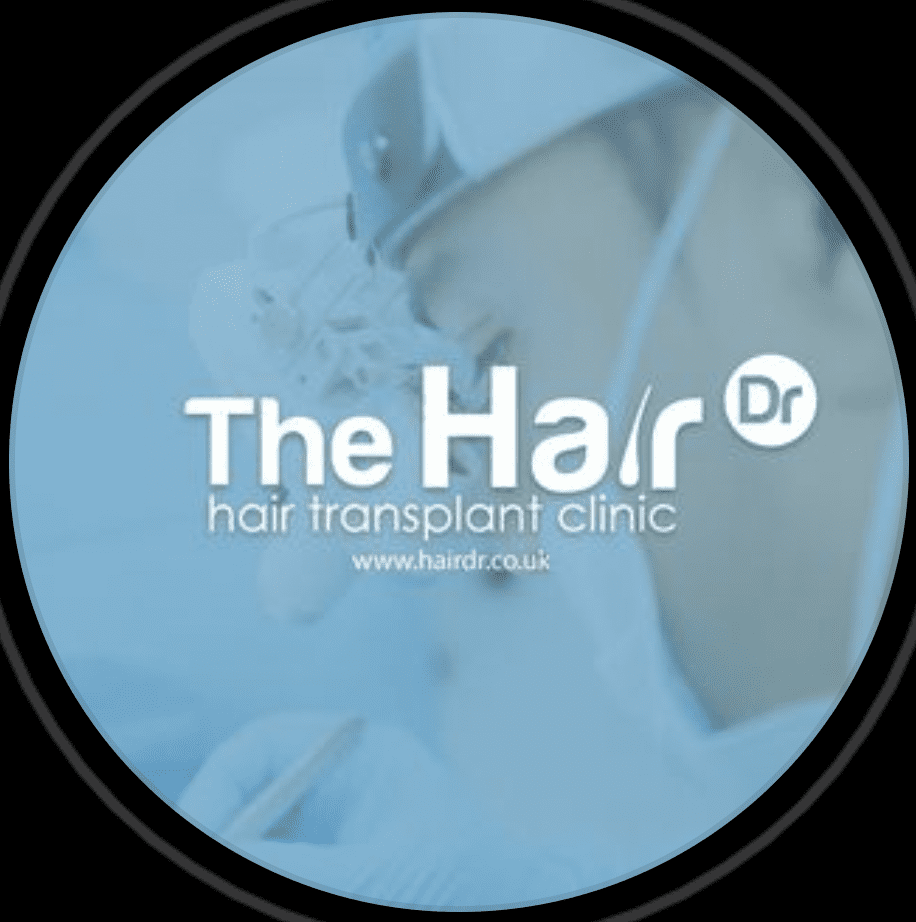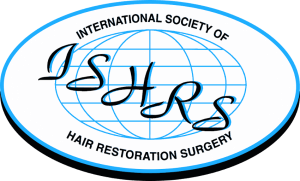Updated 19/10/23
So why do crusts form after a hair transplant?. It is usual for scabs to form after treatment so no need to panic. With the right methods the crusts can be removed easily. Now the goal of this article is to help you understand and how to deal with the scabs after a hair transplant.
Are crusts scabs after a hair transplant a temporary problem?
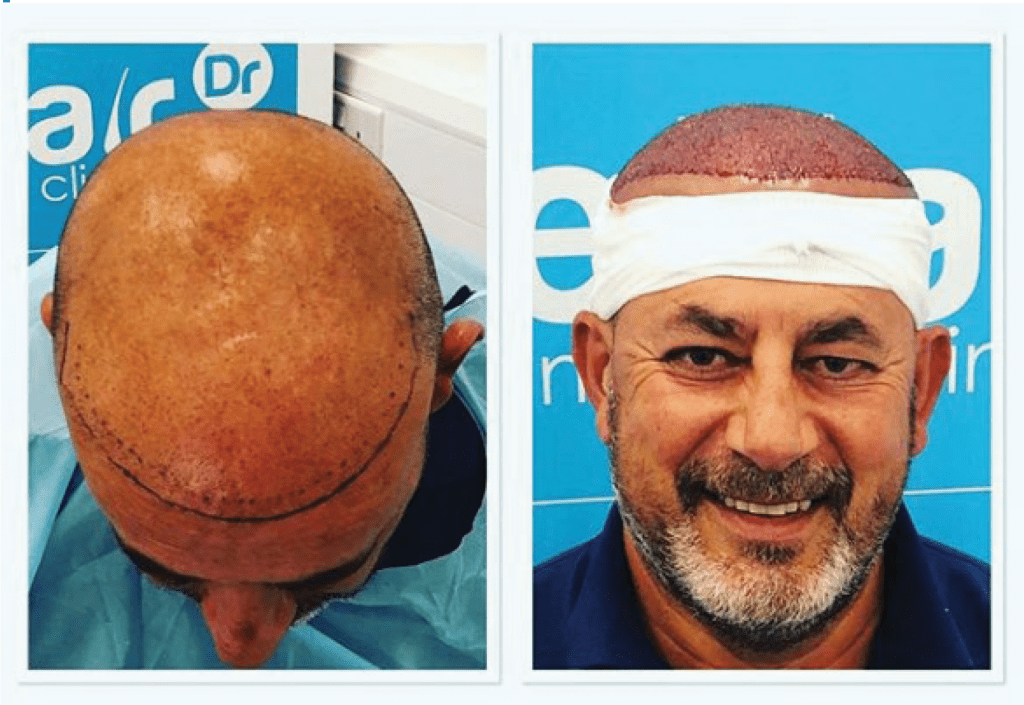
Few things which should always be considered after hair surgery are chiefly maintaining a clean scalp, and this is to eliminate all crusts as quickly as possible and get a great result. Unsightly side effects of a hair transplant, such as the crusts, can
be removed within a few days.
One must follow the post-operative instructions given to you by the medical team at the Hair Dr Scabs should be of no concern. Be clear that the crusts are only temporary and tend to be no need for worry.
How to differentiate a crust coming out if it’s with a follicle of without a follicle?
At post-op, we at the Hair Dr instruct that you gently wash with shampoo and conditioner this needs doing at the beginning of day three. Be clear you might notice lots of scabs and crust which will fall out when washing. Rest-assured it is normal not to see any hair in the coat. After getting feedback from patients, we are aware some people tend to rub their scalp but be clear that when doing this it’s normal for more scabs to fall out and it’s reasonable to notice a few spots with little bleeding.
A common question asked is… I’m worried if the grafts are coming out? Well did you know that in the first 24-48 hours, the graft is so well placed it would take a surgical instrument to remove the graft from the scalp. Be clear the scabs that you do see are either old blood, dry skin or only just part of the healing process. In the first week, we ask patients to wash their hair with warm water and to gently allow the superficial scabbing dislodge as well as spraying the hair with some sailing to keep moist.
By the second week, we encourage patients to scrub a little bit but rest assured patients will be monitored. Given the right advice to avoid doing anything traumatic. It’s clear to understand that seeing a hair in scab does not mean the graft is lost, the base of the graft is something that’s called the dermal papilla now you’re probably wondering what this is? Well the dermal papilla is the root which it’s what does the growing and sometimes what happens is the hair will break or shed and that is normal, so I think communicating with the surgeon is critically essential here at the Hair Dr. We are always here to give you advice and guidance.
A high-quality hair transplant surgery is the key!
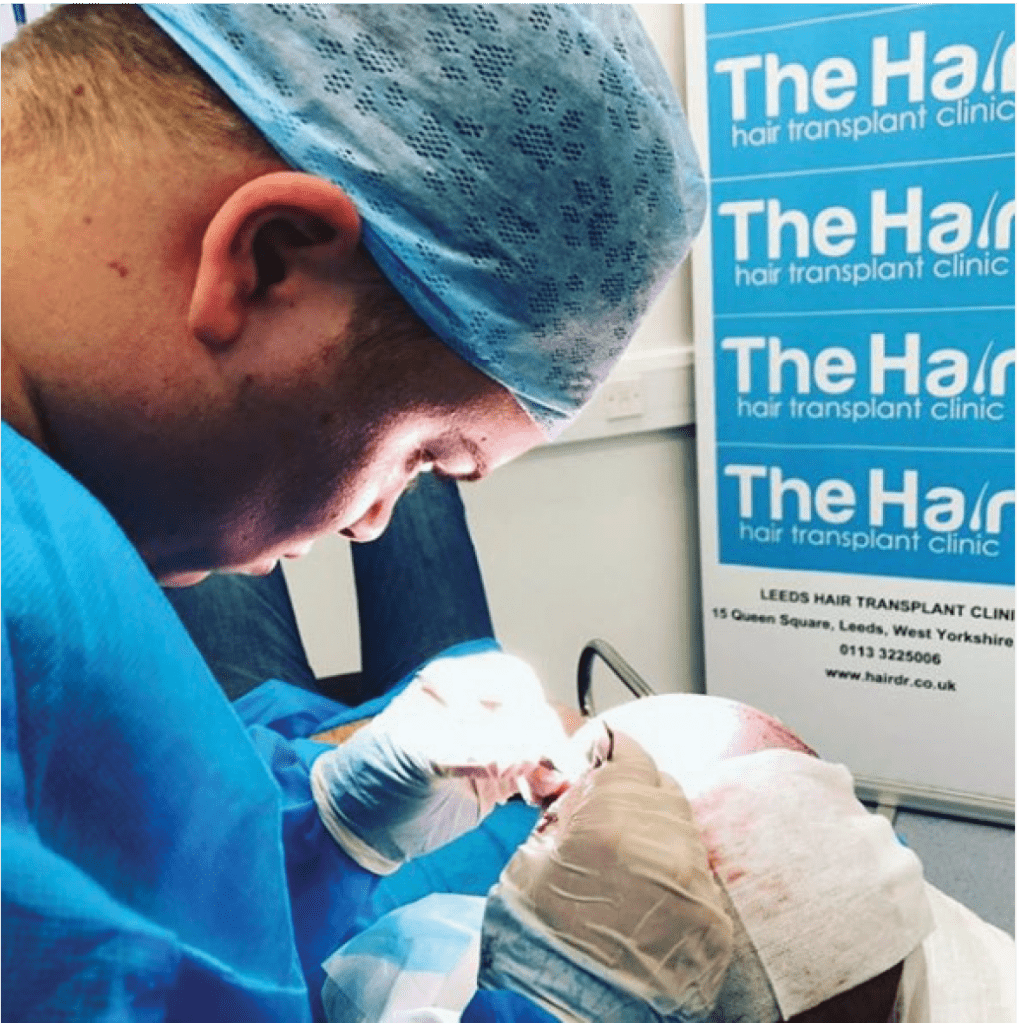
Quality comes at a price, and it’s with good reason, you should be informed well in advance. For example, which clinic can give you the best value for money and how are the reviews? The Hair Dr research before committing to treatment. Our patients must be aware of the process before proceeding.
Always maintain a clean scalp
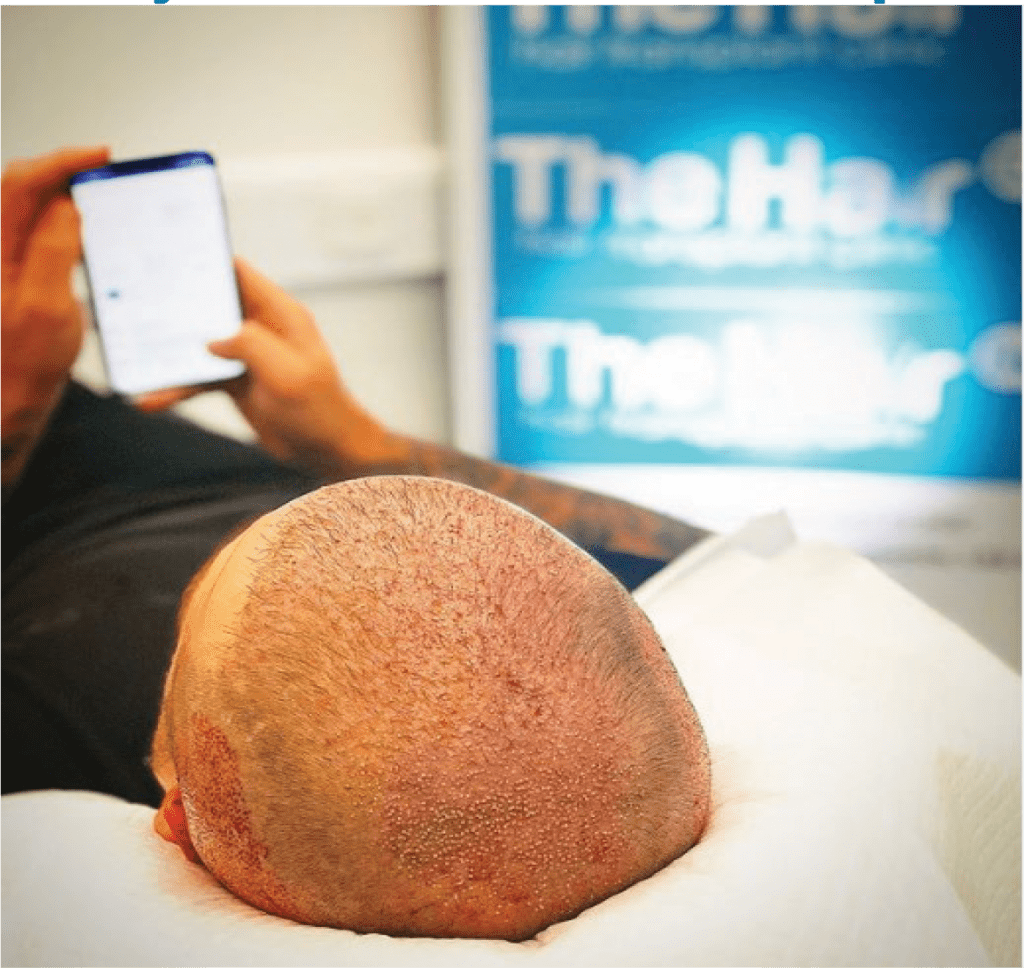
It’s essential to wash the donor area from the third day after the surgery has taken place. Do the same from the fifth day in the recipient area. It is promoting the healing effect and the drying of the wounds. While you wash your head, it is also essential to use only lukewarm water. Plus always try to avoid unnecessary straining to the scalp, be careful when drying too just go easy.
From the eighth day, it is advisable to work the crusts by hand, for example, through a massage. Repeating the process several times a day stimulates blood circulation and strengthens the process.
Two weeks after a transplant, scabs should be removed entirely
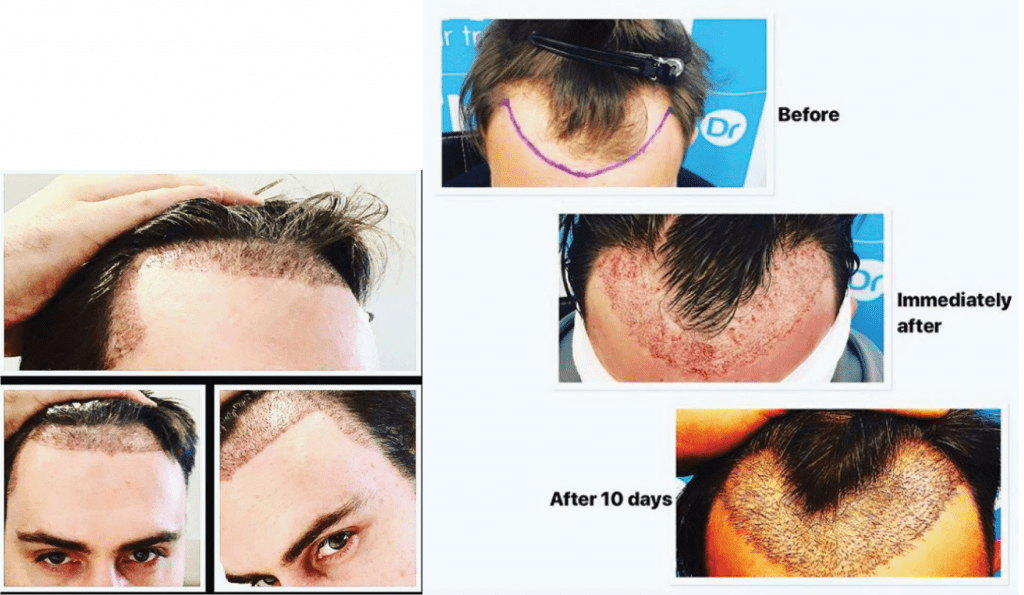
By the tenth day at the latest, you should notice how the crusts slowly disappear from the scalp. After two weeks, the scalp should be free of scabs.
One must follow all the advice and instructions given by the medical professional.
Get in touch

If you have any questions, then please feel free to contact us today on either method T: 0808 169 7210. E: info@hairdr.co.uk alternatively you can book a free consultation via our website.
FAQs About Crusts After a Hair Transplant
How can I prevent crusts from forming after a hair transplant?
Crusts are a natural part of the healing process. Following your surgeon’s post-transplant care instructions is the best way to manage them.
Are crusts painful?
Crusts themselves are not painful, but they can cause some discomfort due to the tight sensation on the scalp.
Can I wash my hair with shampoo while crusts are present?
It’s best to avoid shampooing the recipient area until your surgeon gives the green light. Mild cleansing with a recommended solution is typically sufficient.
What if the crusts don’t go away on their own?
If crusts persist longer than expected, consult your surgeon. They can provide guidance on managing the situation.
Can I cover the crusts with makeup?
It’s advisable to avoid makeup in the recipient area until the crusts have naturally fallen off.
Will the crusts affect the final results of my hair transplant?
When managed properly, crusts should not impact the final outcome of your hair transplant.

